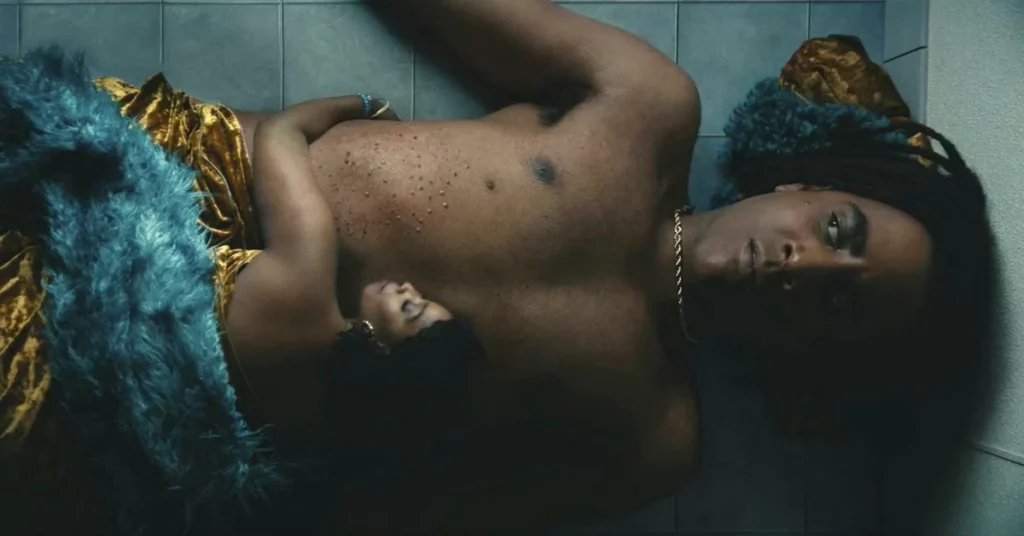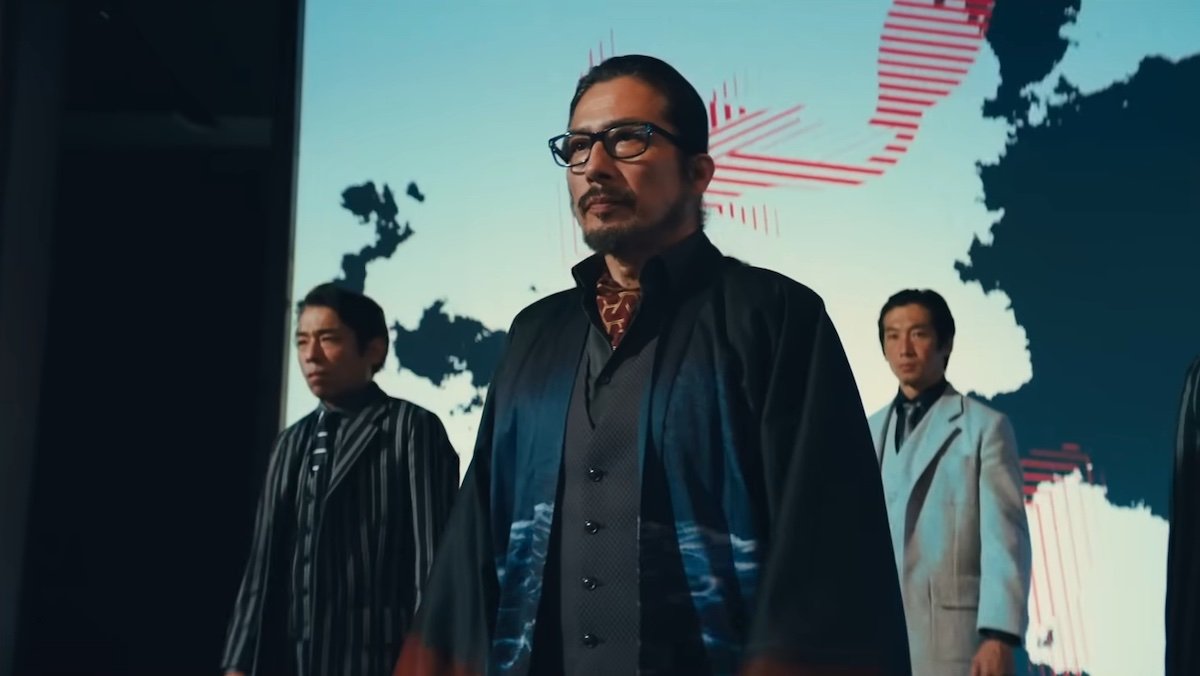deerstalker
When Boots Riley, American film director, producer, screenwriter, rapper, and communist activist, unveiled his directorial debut, Sorry to Bother You, at the Sundance Film Festival in 2018, many praised it as his best work thus far. In fact, only a handful of releases have been able to match the cool visuals and bizarre panache of that movie. However, Riley’s upcoming I’m a Virgo has the potential to top his directorial debut and mark a groundbreaking shift in every trope known to the coming-of-age genre.
I’m a Virgo takes place in a magical version of Oakland, California—a tough place to grow up for anyone, let alone our protagonist, Cootie (portrayed by Jharrel Jerome), who happens to be a 13-foot tall teenager. Now, besides giving the audiences a taste of the show’s direction and style, the first few episodes unveiled at the SXSW festival also revealed that Cootie stayed pretty sheltered his whole life due to his gigantic height.

Certain instances depicting his early childhood in the series’ trailer even depict him as a six-foot toddler. So, it’s somewhat reasonable that his parents, played by the incomparable Mike Epps (Martisse), and Carmen Ejogo (Lafrancine), decided to keep him indoors, as a world full of presumed Trump-era politics and far too many deceased with names like Mike Brown, Trayvon Martin, and Tamir Rice wasn’t quite ready for a Black teenager the size of a billboard.
However, one day our protagonist finds his way outside, and this is where the story of giant boy meets world begins. Given that everything’s happening in an alt-version of Oakland affects the entire storytelling and provides a very unique setting for Cootie’s journey, which is all but ordinary.
As you can imagine, being pretty sheltered most of his life, Cootie struggles to blend in with his surroundings, which isn’t strange for a shy teen but is nearly impossible for a literal giant. The story seems to unfold as Cootie tries to navigate school, family, life, and romance while being larger than life as everyone knows it. The character is so well-fleshed out, down to the tiniest details, that he feels real and relatable, which will only make you laugh, reminisce, and even cringe or cry with him as he’s trying to find his place under the sun.

In fact, the same can be said for the rest of the cast. Cootie’s friends, Felix, Jones, and Scat—portrayed by Brett Gray, Kara Young, and Allius Barnes, respectively—are also incredibly conceptualized characters full of depth, bringing realistic energy into an otherwise satirized version of Oakland that has its very own costumed vigilante.

Anything and everything seems up to be lampooned in this series; there is even a narrative strand focused on socialism, which helps dial the political commentary to a fever pitch. Boots Riley seemingly experiments with the idea of how socialism would work in practice and how it could be used to solve at least some of the problems modern society faces. This is both a very bold and fearless move, especially considering that the series is aimed at a mainstream audience and is being produced by one of the largest capitalist conglomerates on the planet.
However, if the first episodes are anything to go by, I’m a Virgo is handling these themes nicely. In fact, the episodes screened at SXSW have already generated plenty of media buzz, and it’s easy to see why—I’m a Virgo is poised to become one of the streaming era’s most talked about shows. This show looks to marry thought-provoking meta-commentary with a unique blend of Atlanta-adjacent humor, swaddled a visual velvet of unafraid artistic design.

If the same level of overall quality is maintained throughout the rest of the season, which is yet to be screened, I’m a Virgo seems like a show definitely worth watching. With its larger-than-life premise, magical setting, and thought-provoking themes, I’m Virgo has the potential to redefine the coming-of-age genre and quite possibly become a fan-favorite show and cultural phenomenon.
I’m a Virgo, starring Jharrel Jerome, is scheduled to air on January 1, 2024, on Prime Video.









